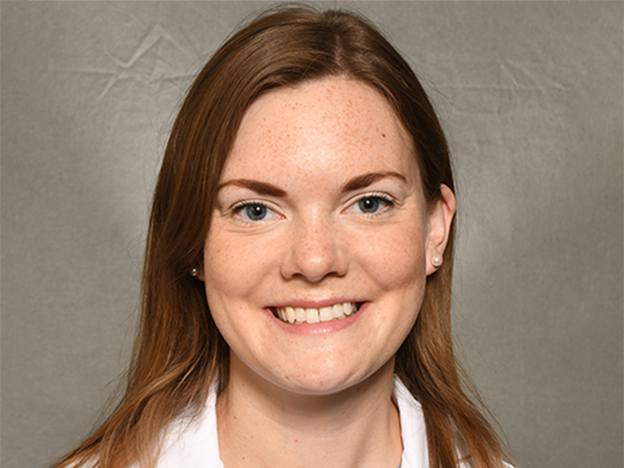 by Dr. Lauren Anderson, PGY-2
by Dr. Lauren Anderson, PGY-2
Drowning, suffocating, an elephant sitting on my chest. These are some of the descriptors that patients use when referring to the debilitating manifestations of respiratory diseases. Shortness of breath can be terrifying, and patients report they feel like they're dying. From the Bible describing the breath of life to the pronouncement of death with cessation of respiration to the colloquial description of a blissful moment as a “breath of fresh air", culturally breath is deeply intertwined with life.
Because of a myriad of both primary respiratory and non-respiratory ailments, many patients experience shortness of breath that severely impacts their quality of life. They quite literally cannot "take a deep breath" or "breathe easy".
While there are many causes, and therefore many treatments, of shortness of breath, inhalers are the mainstay for both chronic treatment and symptomatic relief of respiratory diseases. They are known for being some of the most expensive commonly prescribed medications. For uninsured and underinsured patients, they are often cost prohibitive. The lack of affordability of inhalers means that many patients with debilitating shortness of breath are unable to receive the standard of care. We know that inhalers are important: the use of rescue inhalers in asthma can save lives. The use of inhaled corticosteroids in Gold Class D COPD patients can reduce hospitalizations. Many other patients obtain symptomatic relief from beta agonists. With the exorbitant cost of inhalers, taking a deep, easy breath has become a privilege.
Monetizing relief of dyspnea is just one of the many examples in which something that should be a fundamental human right has become a privilege only attainable at a cost. To make matters worse, many of the risk factors for developing a chronic respiratory disease such as exposure to air pollution or childhood asthma are more prevalent in communities with lower socioeconomic status. This means that patients with the highest need for these medications are the least likely to be able to afford them. This situation is not exclusive to respiratory diseases. Similar conundrums are present in all fields of medicine, but it is a stark reminder that the role of a physician is not limited to the bedside. As a future pulmonologist, I want to alleviate suffering and help individuals breathe easier, but I feel stuck when the tools that make a difference for patients are unattainable. To truly help patients, it is necessary for me to advocate for policies that ensure the equitable distribution of health care resources.